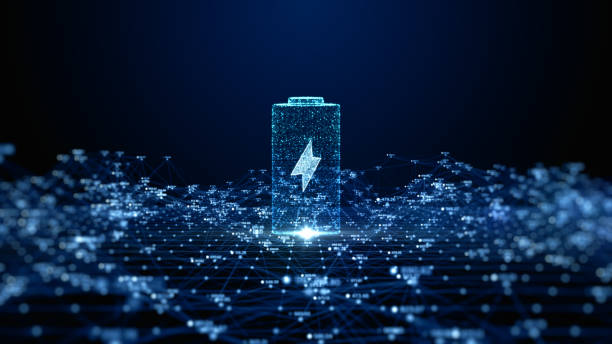
At present, there is a lot of talk about battery storage systems and battery backup systems. They’re not all identical. The new net-metering rules, “peak shaving,” grid overloads (planned) downtimes, and various other interruptions are essential to be aware of the distinctions because they have different functions in power supply management.
Battery storage systems are created to work with the power grid, supplying extra energy during high demand and when grid power is experiencing interruptions. They typically use renewable energy sources like wind or solar power to augment the grid’s energy source. They can switch automatically off and on based on the grid’s demand and supply.
However, battery backup devices are developed to ensure an uninterrupted power supply during the case of an interruption or grid failure. These systems use battery packs to hold energy while the grid works usually and let that energy flow to power essential devices and appliances when the grid fails. Battery backup systems are set up to power the whole home or a select group of devices. They can also be connected to solar panels or other renewable energy sources to provide a reliable energy supply.
Inverters that are hybrid (like Sol-Ark) and inverter ecosystems (Enphase, SolarEdge) can deliver both functions if they are appropriately designed and configured. Grid-Assist systems and Off-Grid systems created by Unbound Solar can provide both parts.
In short, although batteries are made to supply power during peak demand or disruptions, Battery backup systems are built to provide uninterrupted power when there is an outage or grid malfunction. Be sure that you be prepared to handle both.
